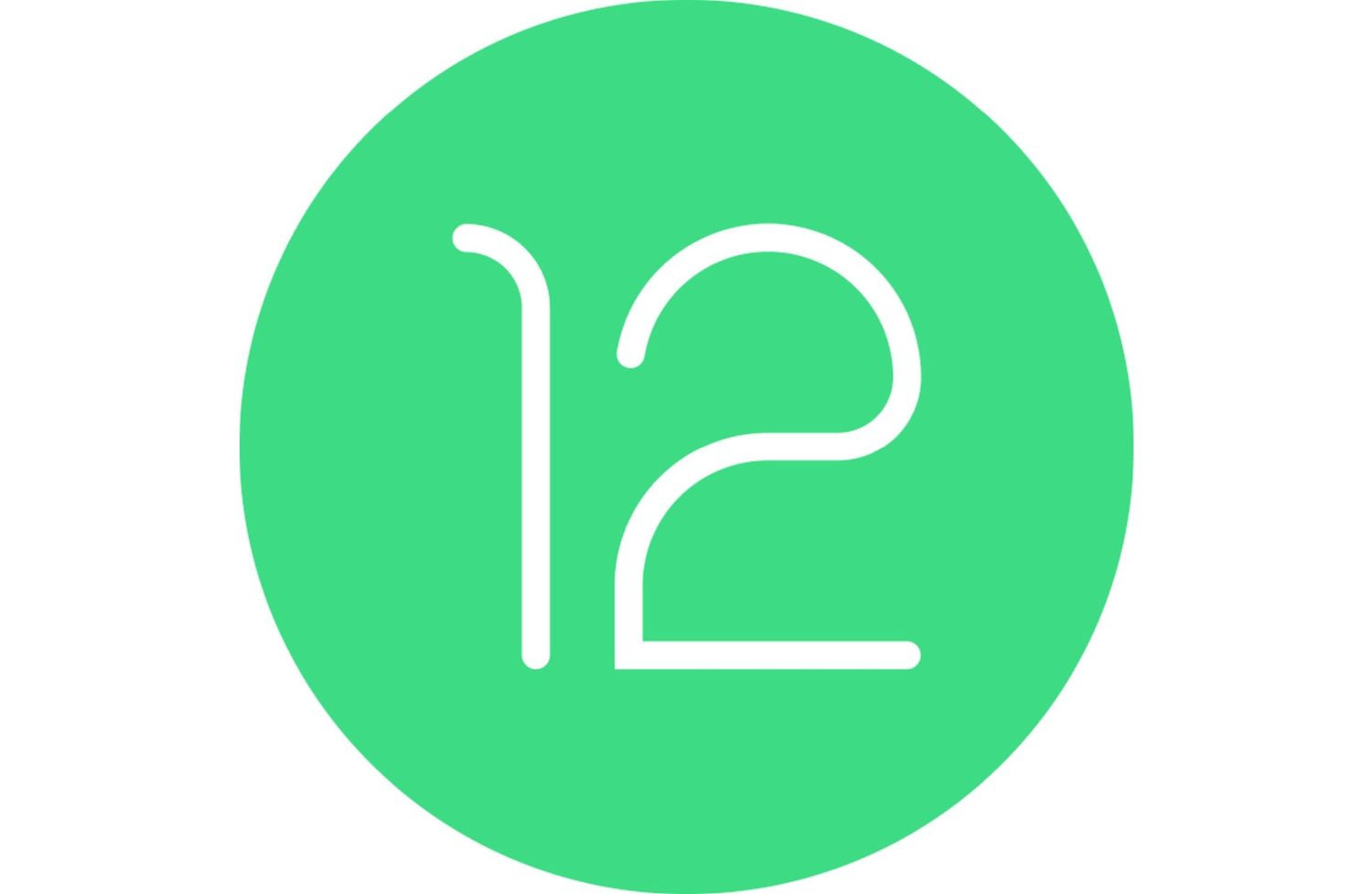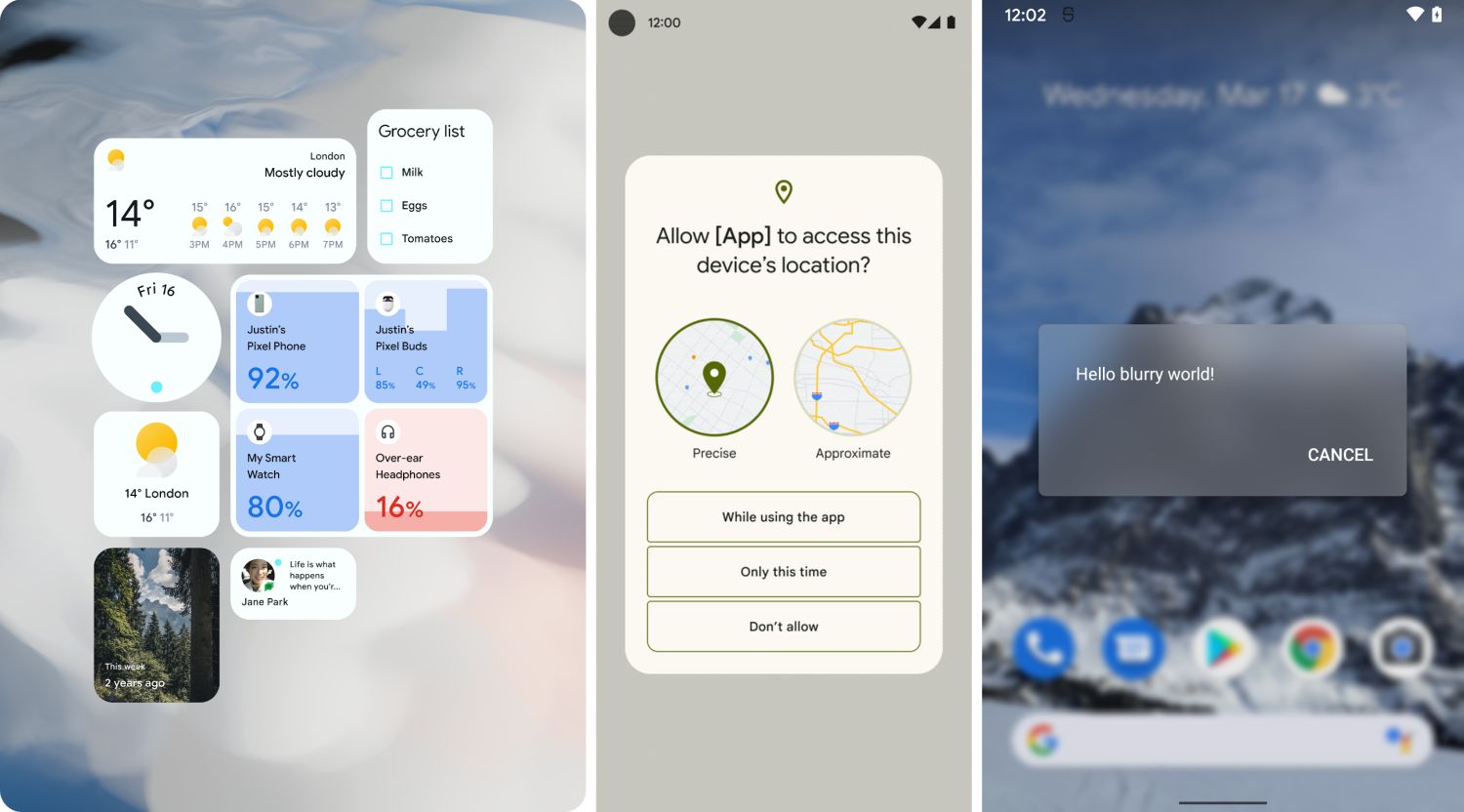Android 12 ist da! Google veröffentlicht Android S für die Pixel-Smartphones – aber noch kein Rollout (alle Infos)

Android 12 ist da! Google hat vor wenigen Minuten den Startschuss für das neue Betriebssystem gegeben, das nun gut acht Monate in der Vorschauphase gewesen ist. Man beginnt in den nächsten Wochen mit dem Rollout von Android 12 auf alle noch unterstützten Pixel-Smartphones und auch einige weitere Hersteller dürften in den nächsten Wochen nachziehen. Wir zeigen euch alle Neuerungen und eine Liste aller bekannten Geräte, die das Update erhalten werden.

Android 12 wird wohl als das am längsten in der Preview-Phase befindliche Google-Betriebssystem eingehen, denn man hat die mögliche Zeitspanne soweit wie möglich ausgereizt. Die erste Developer Preview wurde schon Mitte Februar 2020 veröffentlicht, gefolgt von unzähligen weiteren Zwischenversionen und Betas und nun stehen wir Anfang Oktober vor dem finalen Release. Damit sind es dann wohl auch nur noch vier Monate bis Android 13
Das Wichtigste in Kürze
Ohne Frage ist Material You das größte Update, aber längst nicht das einzige. So bringt man neue Kamera- und Mikrofon-Kontrollen, zusätzliche visuelle Hinweise auf deren Nutzung und auch eine neue Doppelklopf-Geste auf die Smartphones. Außerdem haben es die Scrolling Screenshots endlich in das Betriebssystem geschafft und die Benachrichtigungen werden ein weiteres Mal ausgebaut.
Auf funktioneller Seite gibt es ein neues Google Assistant-Menü auf dem Power-Button, die Schnelleinstellungen wurden überarbeitet und auf Tablets sowie Foldables sollte es sogar eine Taskleiste zum schnellen Wechsel geben. Das waren nur einmal sehr grob die wichtigsten Veränderungen, die vielen sofort ins Auge springen werden. Eine lange Liste mit zahlreichen Screenshots findet ihr im folgenden Artikel sowie im Einzelnen in den oben verlinkten Artikeln mit den Neuerungen jeder einzelnen Version. Im zweiten Artikel findet ihr eine Liste aller Smartphones, die das Update erhalten sollen.
» Android 12: Das sind die wichtigsten Neuerungen in Googles Betriebssystem
» Android 12: Diese Smartphones sollen das Update auf Googles neues Betriebssystem erhalten
Pixel-Update in Kürze
Google hat nun die finale Version von Android 12 im AOSP veröffentlicht. Der Rollout für die Pixel-Smartphones soll aber erst „in den nächsten Wochen“ erfolgen. Das kann dennoch bedeuten, dass der Rollout für die ersten Nutzer noch heute startet. Es ist aber auch gut möglich, dass man sich den Release tatsächlich für Ende Oktober aufhebt und das neue Betriebssystem auf dem Pixel 6 Premiere feiern lassen möchte. Mehr dazu unter folgendem Link:
Android 12 alle Neuerungen
A new UI for Android
Material You – Android 12 introduces a new design language called Material You, helping you to build more personalized, beautiful apps. To bring all of the latest Material Design 3 updates into your apps, try an alpha version of Material Design Components and watch for support for Jetpack Compose coming soon.
Redesigned widgets – We refreshed app widgets to make them more useful, beautiful, and discoverable. Try them with new interactive controls, responsive layouts for any device, and dynamic colors to create a personalized but consistent look. More here.
Notification UI updates – We also refreshed notification designs to make them more modern and useful. Android 12 also decorates custom notifications with standard affordances to make them consistent with all other notifications. More here.
Stretch overscroll – To make scrolling your app’s content more smooth, Android 12 adds a new “stretch” overscroll effect to all scrolling containers. It’s a natural scroll-stop indicator that’s common across the system and apps. More here.
App launch splash screens – Android 12 also introduces splash screens for all apps. Apps can customize the splash screen in a number of ways to meet their unique branding needs. More here.
Performance
Faster, more efficient system performance – We reduced the CPU time used by core system services by 22% and the use of big cores by 15%. We’ve also improved app startup times and optimized I/O for faster app loading, and for database queries we’ve improved CursorWindow by as much as 49x for large windows.
Optimized foreground services – To provide a better experience for users, Android 12 prevents apps from starting foreground services while in the background. Apps can use a new expedited job in JobScheduler instead. More here.
More responsive notifications – Android 12’s restriction on notification trampolines helps reduce latency for apps started from a notification. For example, the Google Photos app now launches 34% faster after moving away from notification trampolines. More here.
Performance class – Performance Class is a set of device capabilities that together support demanding use-cases and higher quality content on Android 12 devices. Apps can check for a device’s performance class at runtime and take full advantage of the device’s performance. More here.
Faster machine learning – Android 12 helps you make the most of ML accelerators and always get the best possible performance through the Neural Networks API. ML accelerator drivers are also now updatable outside of platform releases, through Google Play services, so you can take advantage of the latest drivers on any compatible device.
Privacy
Privacy Dashboard – A new dashboard in Settings gives users better visibility over when your app accesses microphone, camera, and location data. More here.
Approximate location – Users have even more control over their location data, and they can grant your app access to approximate location even if it requests precise location. More here.
Microphone and camera indicators – Indicators in the status bar let users know when your app is using the device camera or microphone. More here.
Microphone and camera toggles – On supported devices, new toggles in Quick Settings make it easy for users to instantly disable app access to the microphone and camera. More here.
Nearby device permissions – Your app can use new permissions to scan for and pair with nearby devices without needing location permission. More here.
User Experience
Rich content insertion – A new unified API lets you receive rich content in your UI from any source: clipboard, keyboard, or drag-and-drop. For back-compatibility, we’ve added the unified API to AndroidX. More here.
Support for rounded screen corners – Many modern devices use screens with rounded corners. To deliver a great UX on these devices, you can use new APIs to query for corner details and then manage your UI elements as needed. More here.
AVIF image support – Android 12 adds platform support for AV1 Image File Format (AVIF). AVIF takes advantage of the intra-frame encoded content from video compression to dramatically improve image quality for the same file size when compared to older image formats, such as JPEG.
Compatible media transcoding – For video, HEVC format offers significant improvements in quality and compression and we recommend that all apps support it. For apps that can’t, the compatible media transcoding feature lets your app request files in AVC and have the system handle the transcoding. More here.
Easier blurs, color filters and other effects – new APIs make it easier to apply common graphics effects to your Views and rendering hierarchies. You can use RenderEffect to apply blurs, color filters, and more to RenderNodes or Views. You can also create a frosted glass effect for your window background using a new Window.setBackgroundBlurRadius() API, or use blurBehindRadius to blur all of the content behind a window.
Enhanced haptic experiences – Android 12 expands the tools you can use to create informative haptic feedback for UI events, immersive and delightful effects for gaming, and attentional haptics for productivity. More here.
New camera effects and sensor capabilities – New vendor extensions let your apps take advantage of the custom camera effects built by device manufacturers—bokeh, HDR, night mode, and others. You can also use new APIs to take full advantage of ultra high-resolution camera sensors that use Quad / Nona Bayer patterns. More here.
Better debugging for native crashes – Android 12 gives you more actionable diagnostic information to make debugging NDK-related crashes easier. Apps can now access detailed crash dump files called tombstones through the App Exit Reasons API.
Android 12 for Games – With Game Mode APIs, you can react to the players‘ performance profile selection for your game – like better battery life for a long commute, or performance mode to get peak frame rates. Play as you download will allow game assets to be fetched in the background during install, getting your players into gameplay faster.
Android Auto: Googles Infotainment-Plattform lässt sich nun im Tesla nutzen – Bastler macht es möglich (Video)
GoogleWatchBlog bei Google News abonnieren | GoogleWatchBlog-Newsletter







sehr enttäuschend, Android 12 zu veröffentlichen und an die Pixel nicht auszurollen!